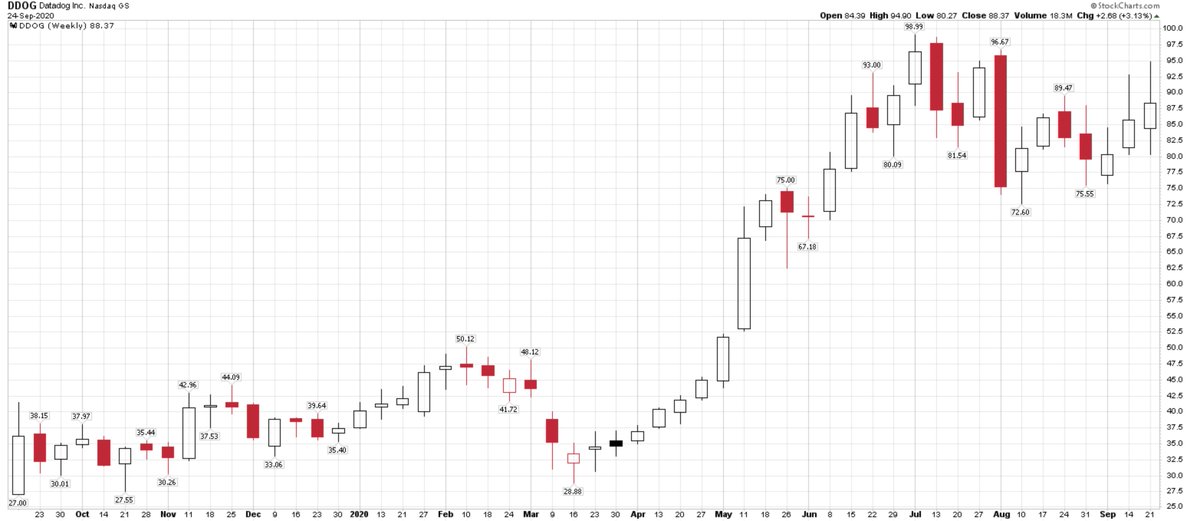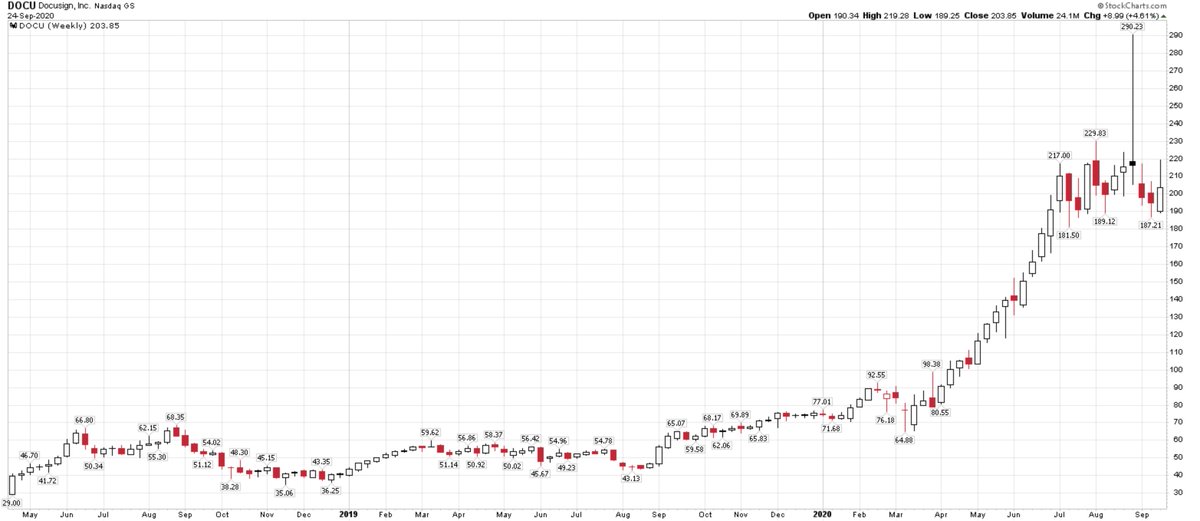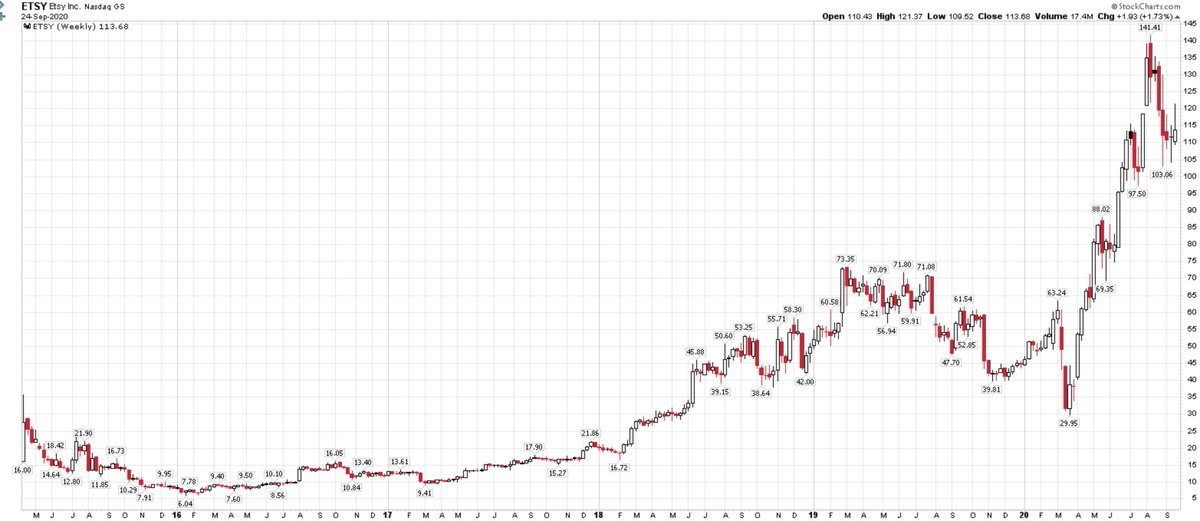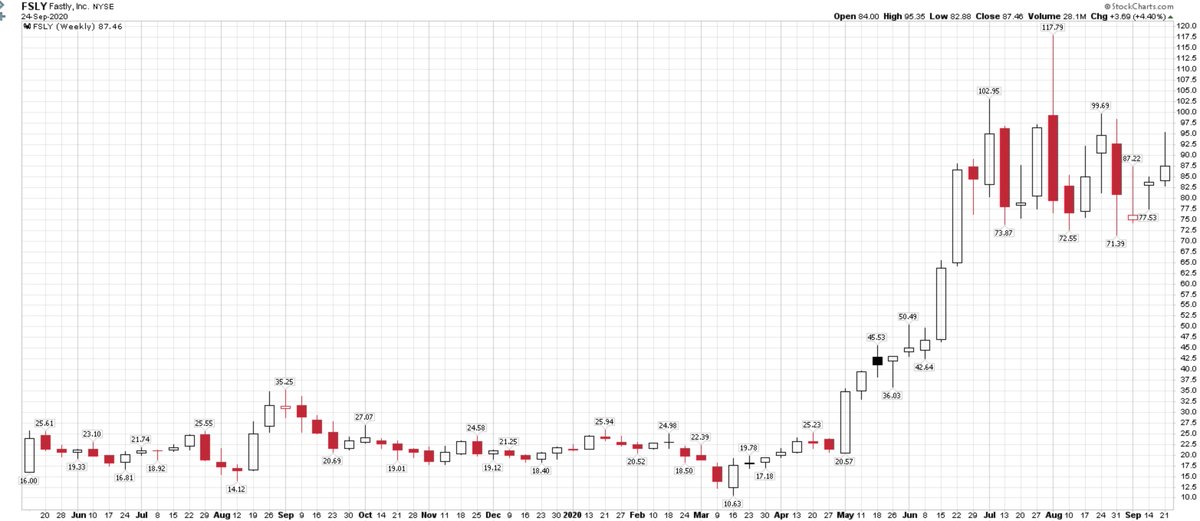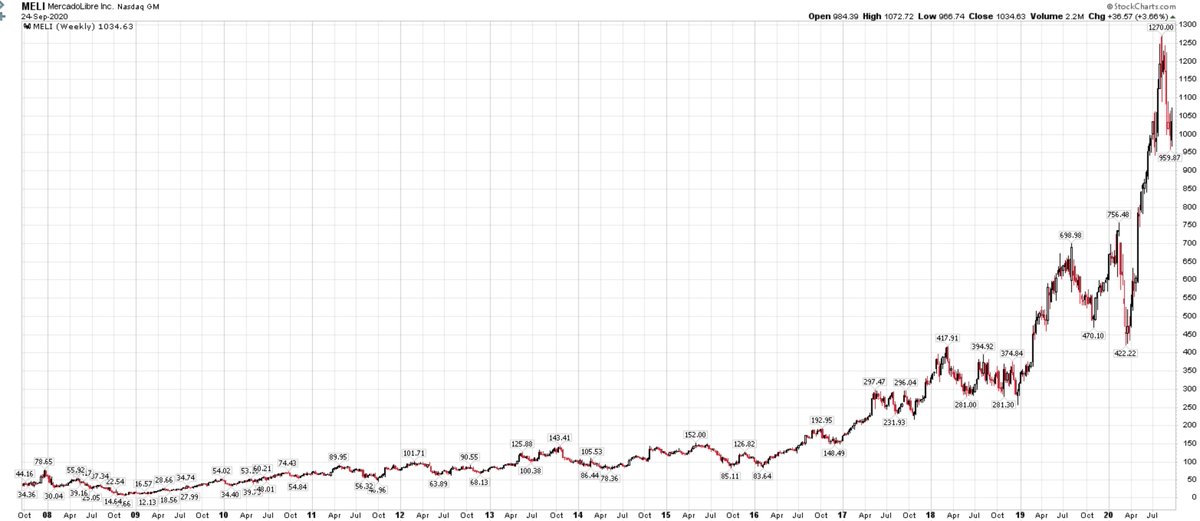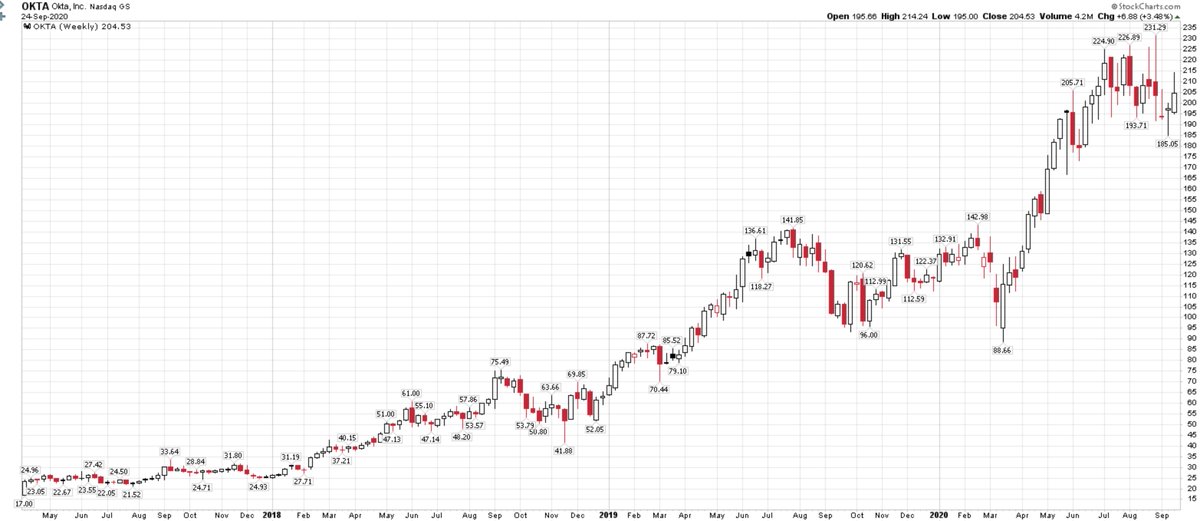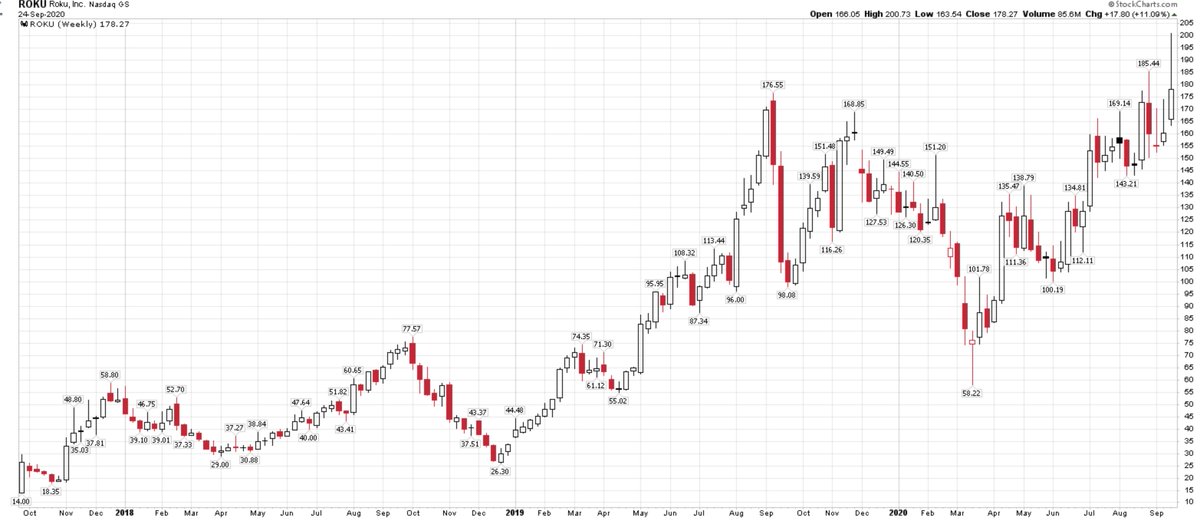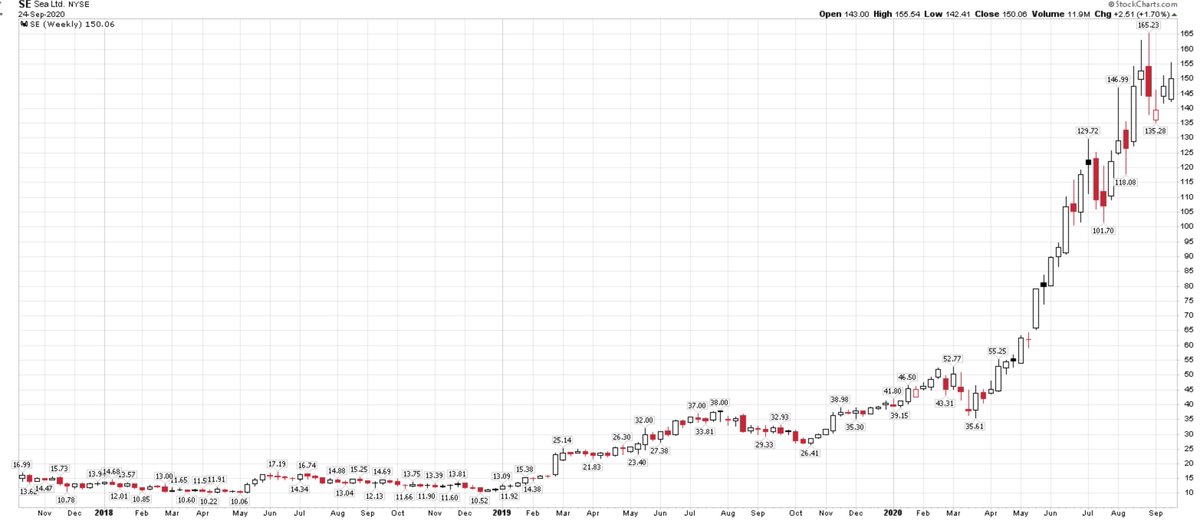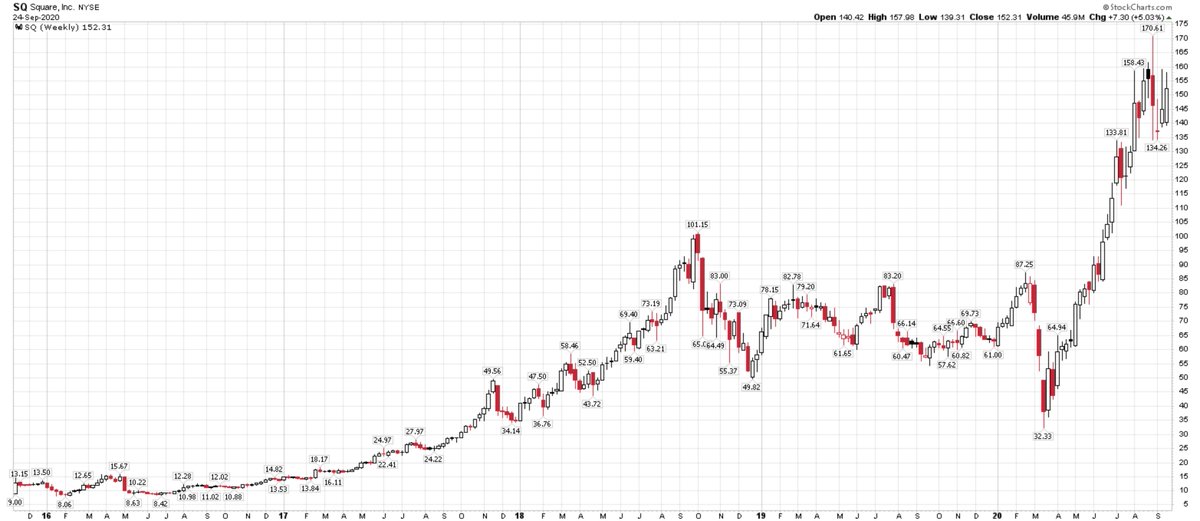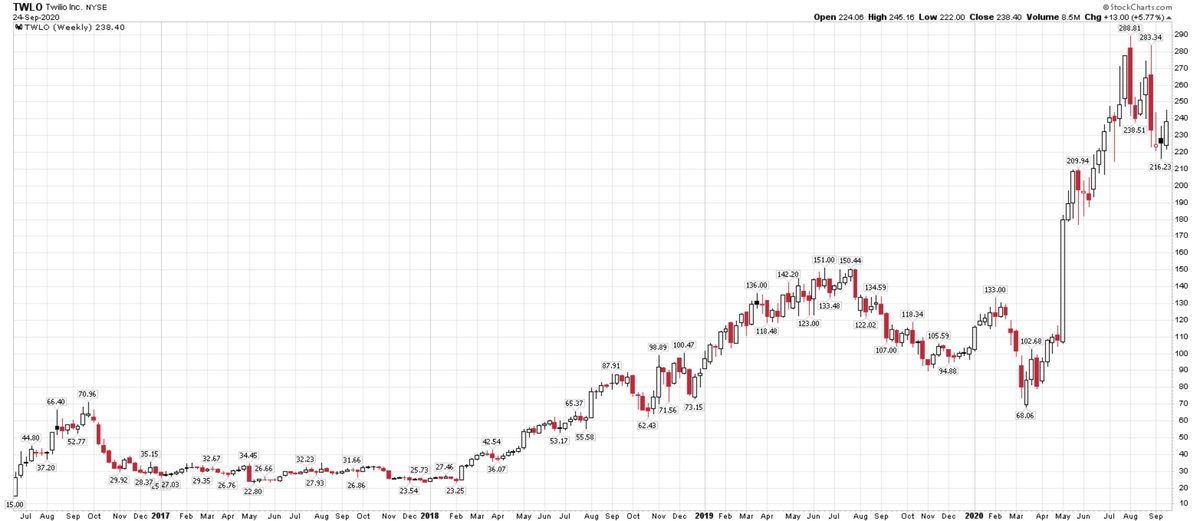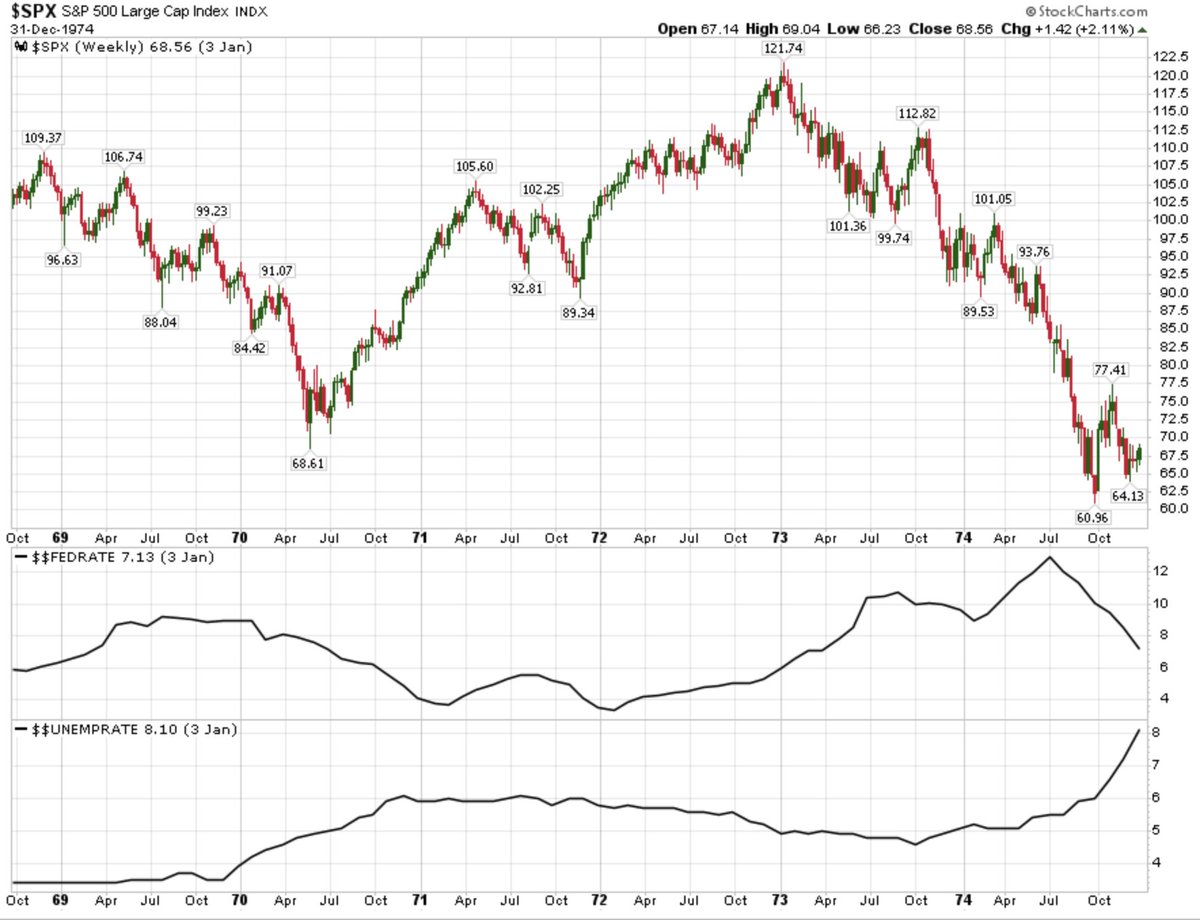**THREAD**
Compounding is the secret sauce -
Ownership of great businesses produces wealth; short-term zigs and zags are background noise.
Long-term charts of my holdings (return since their IPO) -
1) $BABA ~3-bagger
Compounding is the secret sauce -
Ownership of great businesses produces wealth; short-term zigs and zags are background noise.
Long-term charts of my holdings (return since their IPO) -
1) $BABA ~3-bagger
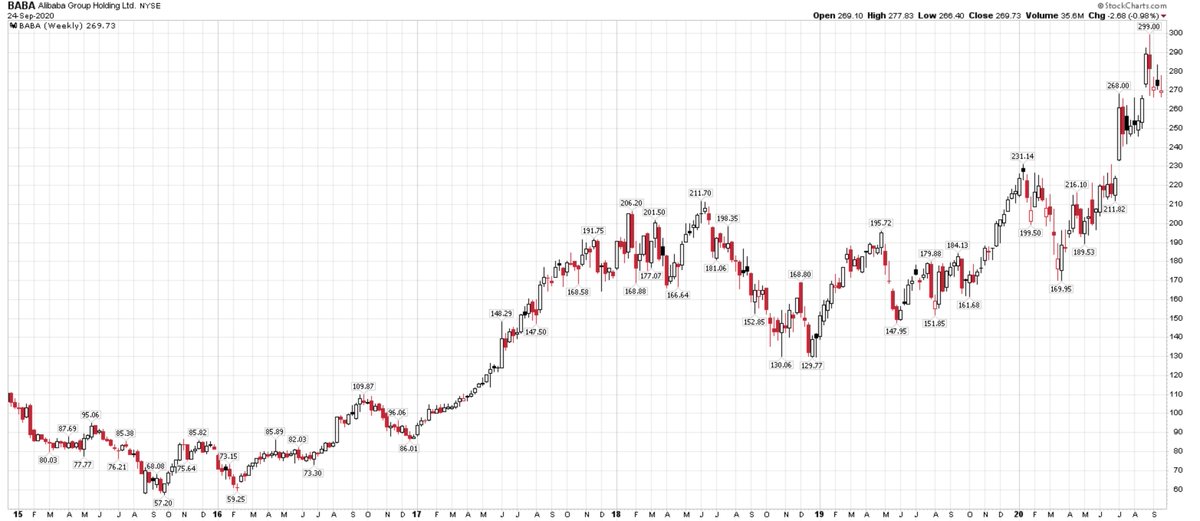
15) $ZM - ~13-bagger
I've left out my recent listings due to lack of track record.
Lesson --> buy high-growth compounders + sit tight.
I've left out my recent listings due to lack of track record.
Lesson --> buy high-growth compounders + sit tight.
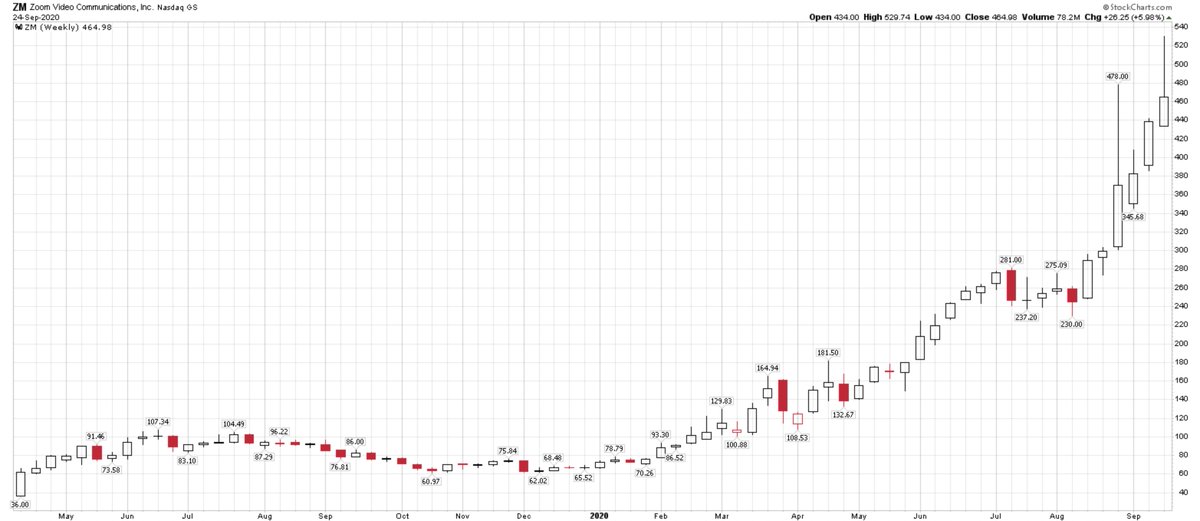
16) In the interest of full disclosure, I also picks lemons sometimes (when I'm either wrong about the business or the management) but nowadays, I don't stay wrong.
I sell when (i) company growth slows down permanently (ii) management misbehaves or changes...
I sell when (i) company growth slows down permanently (ii) management misbehaves or changes...
17) (iii) hyper-growth companies come along (new listings).
This summer, after a tripling of my entire portfolio in just 4 months(!), I also partially took profits (deviated from my system) which was a mistake. Yes, I still do dumb things.
Hope this has been helpful
THE END.
This summer, after a tripling of my entire portfolio in just 4 months(!), I also partially took profits (deviated from my system) which was a mistake. Yes, I still do dumb things.
Hope this has been helpful
THE END.
• • •
Missing some Tweet in this thread? You can try to
force a refresh



